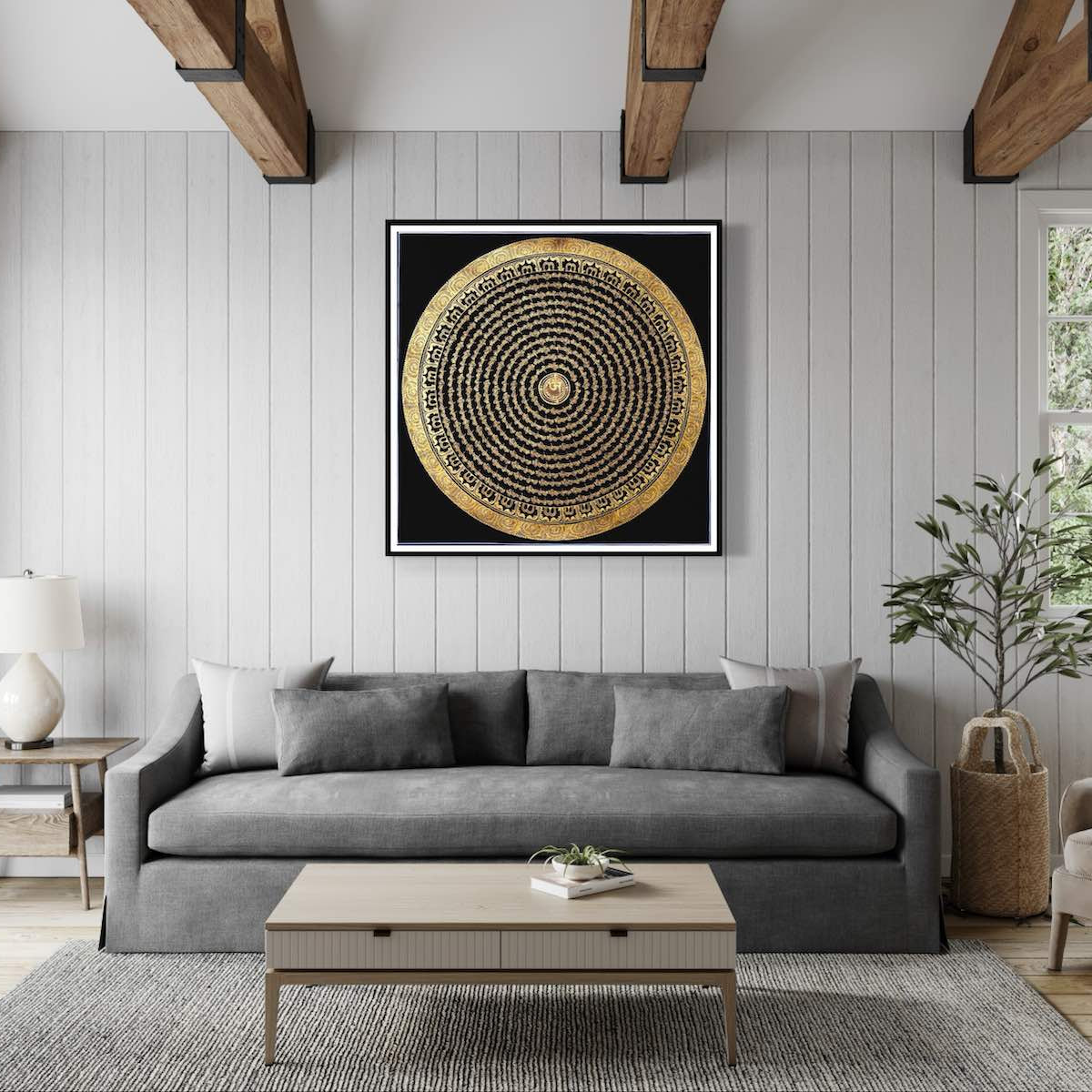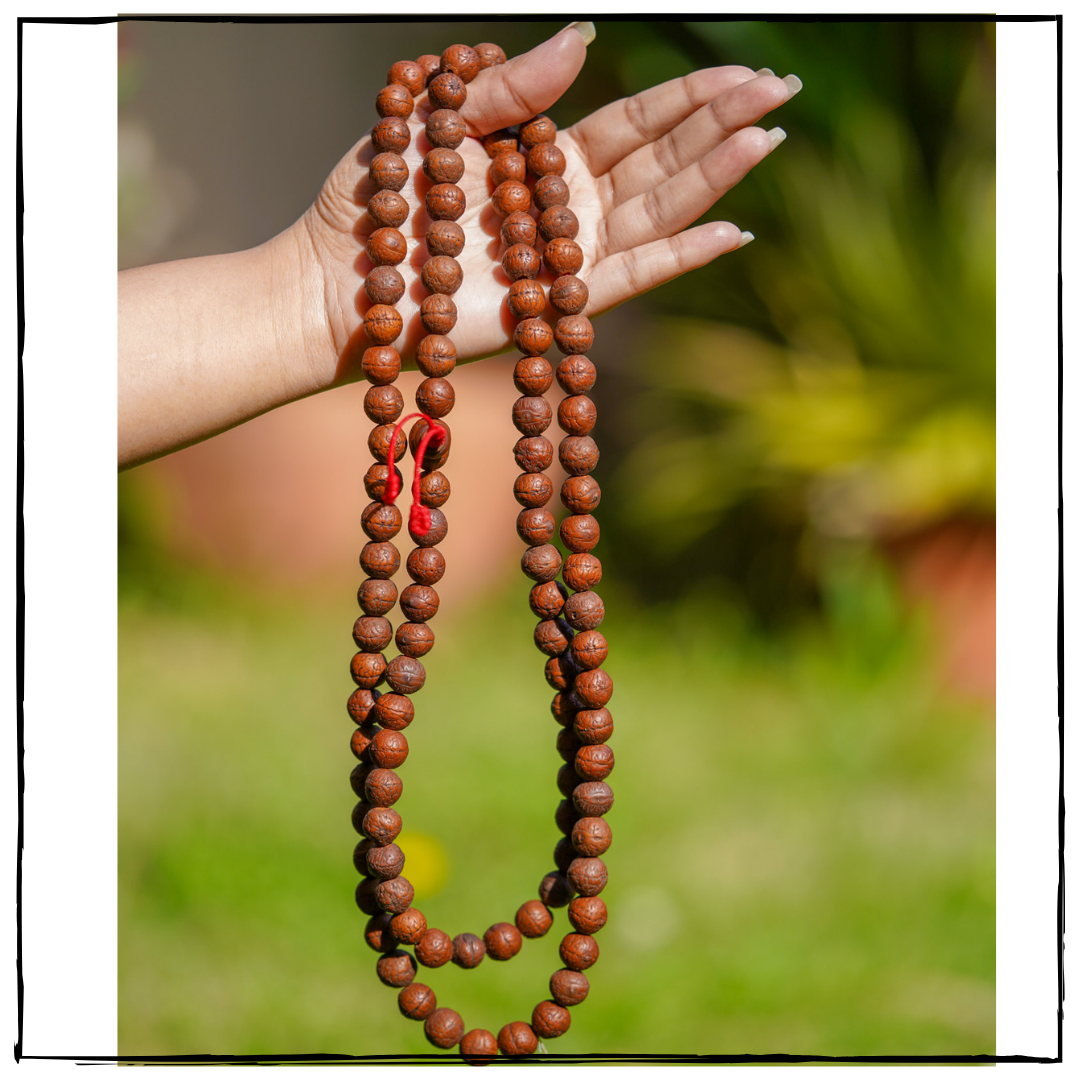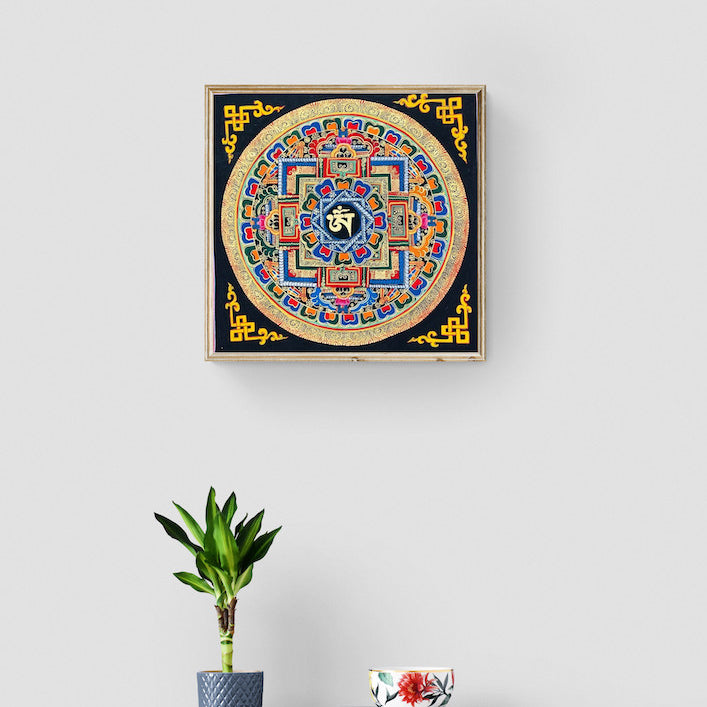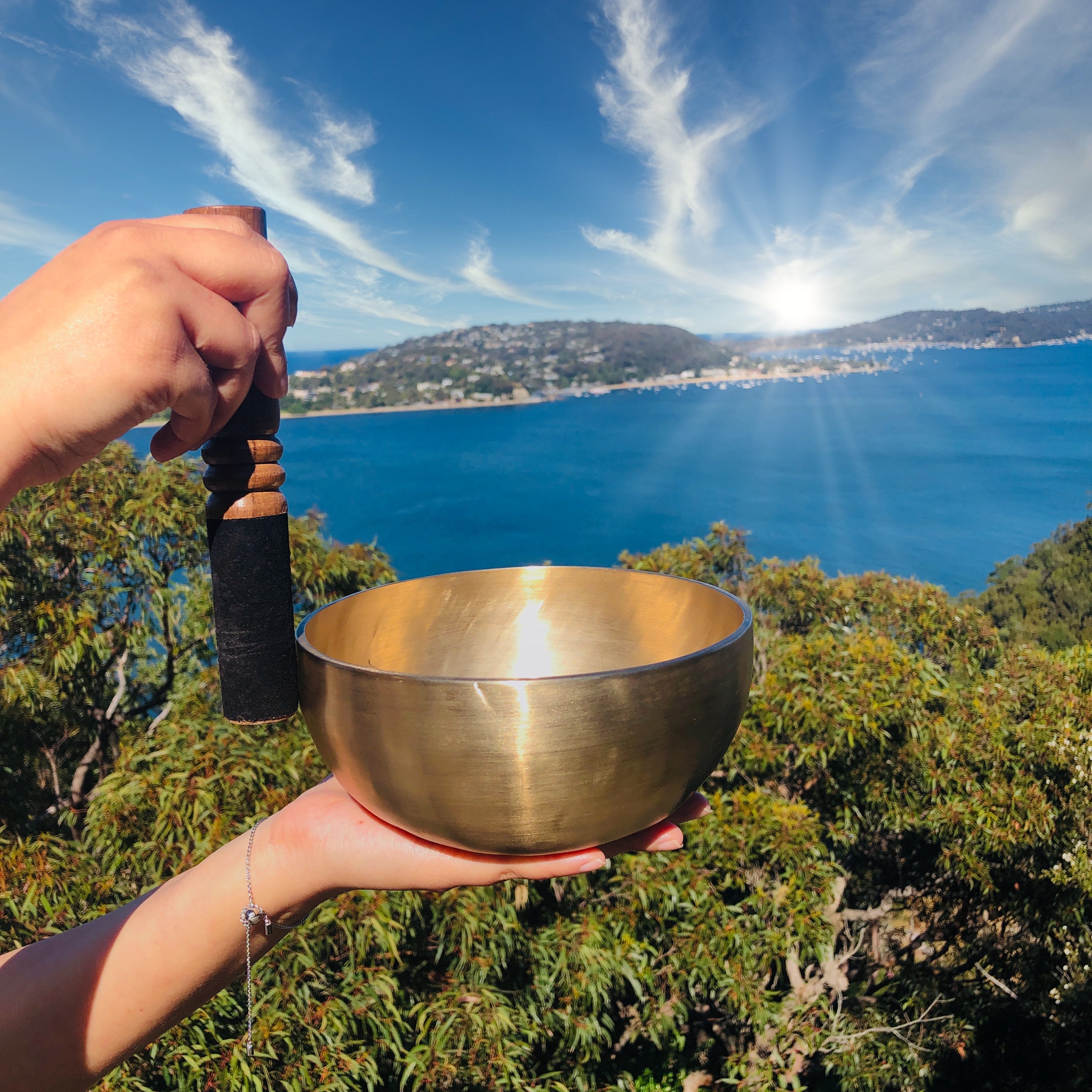Wheel of Life Thangka
Couldn't load pickup availability
Description
The Wheel of Life Thangka, also named Bhavachakra Thangka, is a traditional Tibetan Buddhist painting which portrays the cycle of life and the route of samsara. The term "Bhavachakra" is interpreted as "Wheel of Becoming" or "Wheel of Life". This artwork is circular and incorporates various realms and figures.
The Wheel of Life Thangka illustrates the various fates our karma can produce, e.g. realms of gods, humans, animals, etc. Furthermore, several symbolic figures are portrayed, such as Yama, the Lord of Death, who holds the wheel, and the Three Poisons symbolized by a pig, snake, and rooster, which represent ignorance, attachment, and aversion. Also depicted are the Twelve Links of Dependent Origination, illustrating the cyclical relationship between our actions and existence. This visual presentation serves as both a stunning artwork and a reminder of the effects of our actions, giving a powerful tool for spiritual awareness and contemplation.
Product Specification:
- Hand Painted
- Materials: Semi-Precious Natural Minerals
- Base: Cotton Canvas
- Origination: Nepal
The Wheel of Life Thangka is a Buddhist Visual representation of teachings to comprehend life cycle. It is frequently employed in Tibetan Buddhism as a teaching resource and meditation guide. It serves as a symbol of fortune, prosperity, and success, bringing the life balance to its ultimate goal and providing spiritual guidance on the journey.

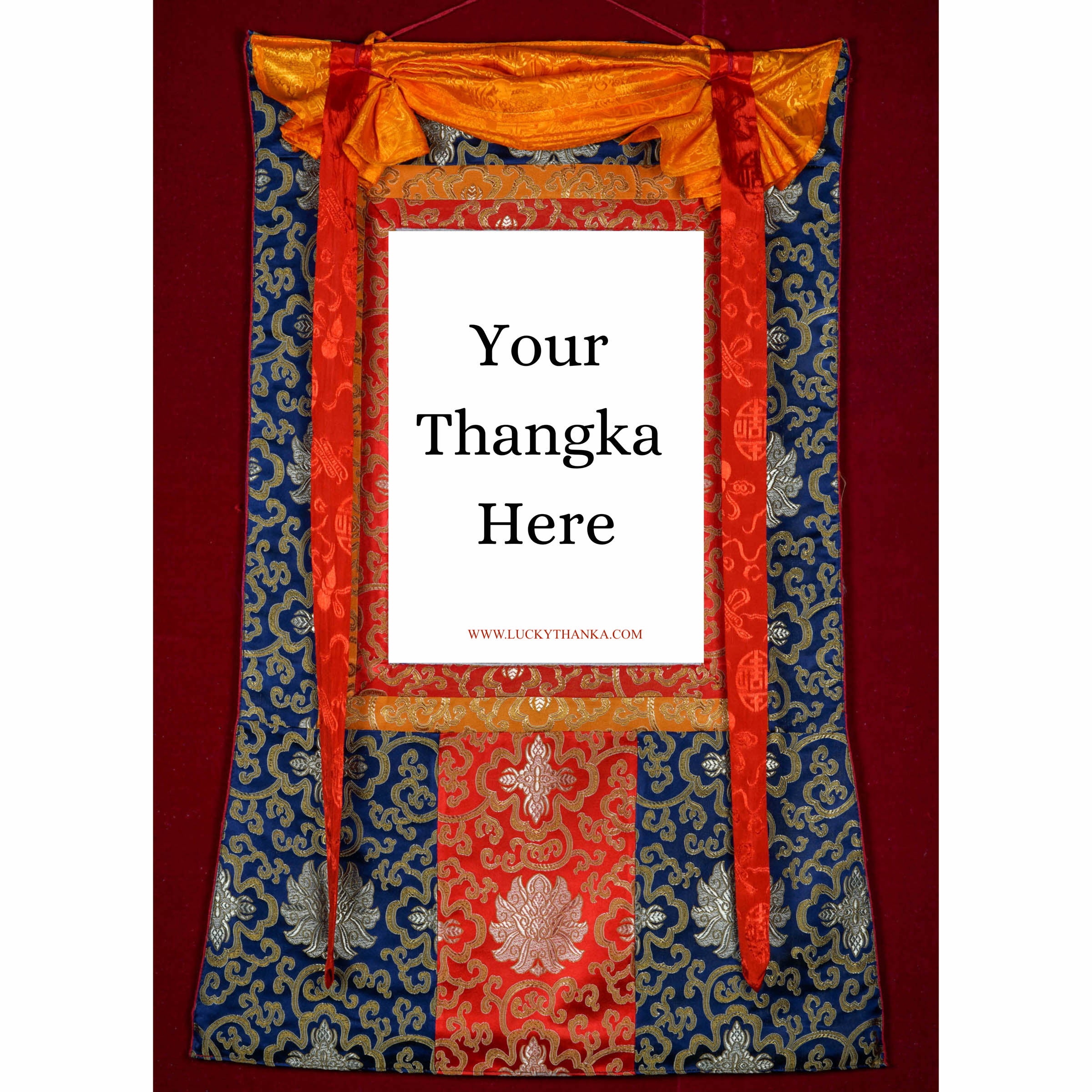
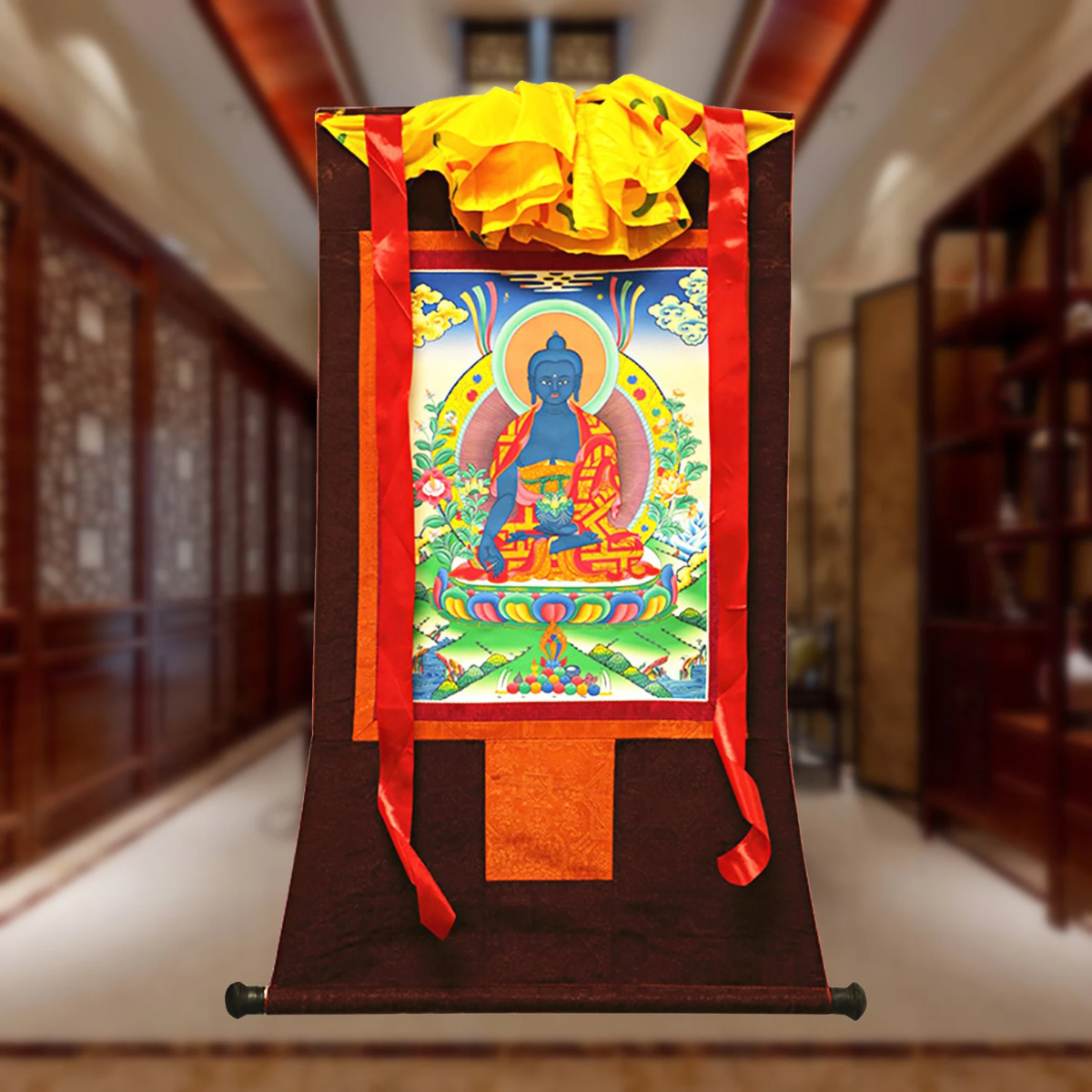
Hand Embroidery Brocade
Want to add a Brocade to your beautiful Thangka Painting? Traditional Style Brocade has been one of the most popular form of mounting as it has a greater religious merit.
Note: Make sure you have added the Thangka to your cart first.
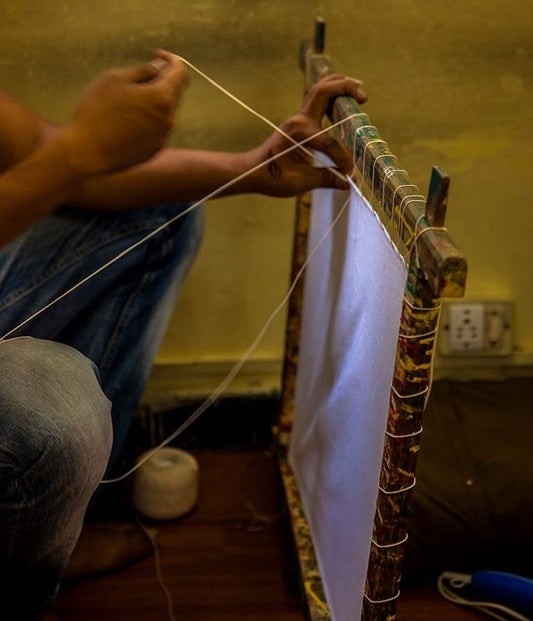
100% Cotton Canvas
Preparing the Cotton canvas before starting to paint a Thangka. This process includes washing, drying, stretching, sizing and everything needed to make a perfect base for the thangka to last for centuries.
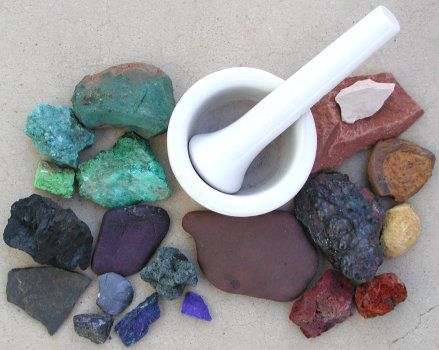
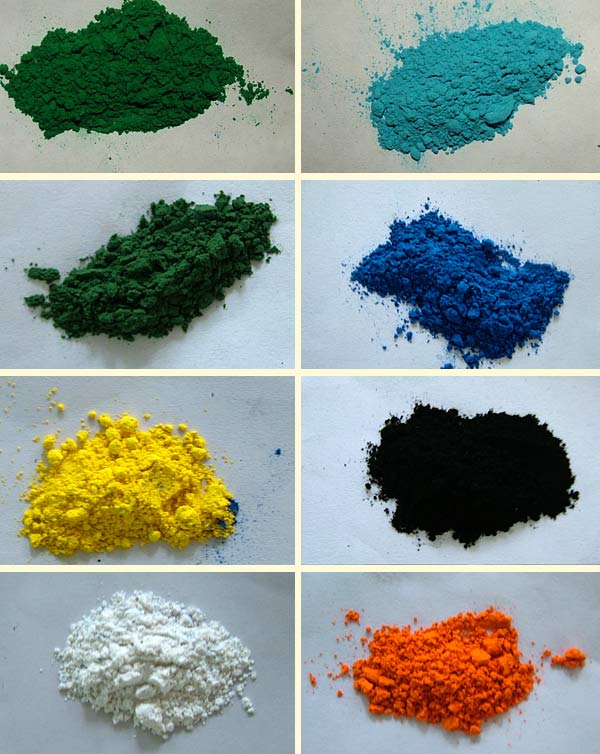
Natural Minerals
Thangka Paintings are painted using the natural minerals. These are firstly grind into the powder form and then used in the thangka as a paint.











